
I recently participated with my co-author Ross Harvey in the Authors for Fireys initiative, an online Twitter auction of signed books, illustrations, unique experiences, one-off opportunities and writers’ services. The auction raised money to go directly to Australian state fire services battling unprecedented bushfire conditions.
For the meeting/pep talk/mentoring session, possible topics include working with co-authors, writing a book, career change, food (I’m half-Italian & Ross just loves food), or the endlessly interesting topic of #DigitalPreservation #AuthorsForFireys
— Jaye Weatherburn (@jayechats) January 9, 2020
Although on the surface my day-to-day work concerned with preserving digital stuff is worlds away from the vital services our firefighters and emergency services people provide, it was great to see Somaya Langley share so pragmatically that we in the information management professions have many transferable skills to add to the current climate crisis we are experiencing.
transferable #digipres skills list cont.:
– respect for/use of ‘obsolete’ technologies
– ability to bandaid/jury-rig together old & new technologies (‘bush mechanics’ stylee)
– remote collaboration (incl. ground control & major tom)
– never assuming anything#australiaburns https://t.co/Yfe2AKdUhx— somaya langley (@criticalsenses) January 2, 2020
Our auction’s final total was $520, donated directly to the Victorian Country Fire Authority Brigades.
Final total for this #AuthorsForFireys auction=$520 donated to Victorian CFA Brigades https://t.co/K8BqiA5Xih
Massive thanks to winning bidder @CamillePeters with a $400 donation
Shoutout to Anonymous Donor from our international #DigitalPreservation community for the extra $$$ https://t.co/T390LiTLPH
— Jaye Weatherburn (@jayechats) January 14, 2020
Thank you to all the wonderful supporters who helped us spread the word during the auction. Much appreciation goes to Camille Peters for her amazing contribution, and to our anonymous donor from the international digital preservation community.

Random collection of info on the bushfire crisis
New from me: I’ve spent the past month interviewing volunteer firefighters about the toll this bushfire season has taken on them, and the resources they need to keep going. https://t.co/0jjwZDMTJ7
— sam langford (@_slangers) January 12, 2020
1/ THREAD ON OUR BUSHFIRES VIDEOS. It was clear in December that the bushfires in Australia weren’t only a profound human & environmental crisis – they also highlighted the tensions between politics, business, the media and science within the broader issue of climate change.
— Ros Atkins (@BBCRosAtkins) January 12, 2020
How First Australians’ ancient knowledge can help us survive the fires of the future | Joe Morrison https://t.co/xpUAxtBOxh
— 💧Prof Dr Marcia Langton AM 🐯 (@marcialangton) January 11, 2020
HUGE protests in Australia with global support: https://t.co/NKSa0Q2fu2
— Dr Naomi Wolf (@naomirwolf) January 11, 2020
Statement from the Australian Academy of Science regarding bushfires. Has excellent links to quality information and a video series about climate change. https://t.co/8cu6YBi33X
— Margaret Warren (@mawarre) January 10, 2020
Global carbon emissions are now so high—in 2019, they hit a new record of 43 billion metric tons—that ten more years of the same will be nothing short of cataclysmic, @ElizKolbert writes. https://t.co/rioZRRGE5n
— The New Yorker (@NewYorker) January 10, 2020
When it comes to emissions, the ‘too small to matter’ argument is absurd, reckless and morally bankrupt https://t.co/H18d9mT8pw
— Lenore Taylor (@lenoretaylor) January 10, 2020
‘Bushfires, bots and arson claims: Australia flung in the global disinformation spotlight’. @Tobias_Keller and I just published a new article on disinformation during #BushFireCrisisAustraliahttps://t.co/41d9K7GJcX
cc. @arielbogle @stilgherrian @BBCRosAtkins @QUTmedia @knausc— Tim Graham (@Timothyjgraham) January 10, 2020
Wanting to write #BushfireLetters and don’t know where to start? Here’s a template I’ve badly bashed together. Copy and customise.
Personalised letters do more than petitions, so have a go. https://t.co/7V8OCjelk8
— Mathew Ling (@lingtax) January 10, 2020
The cute, furry animals matter. But so do these guys.
The bushfire disaster is an ecological disaster.
And the recovery needs to focus on all our creatures – big and small. https://t.co/rePD3Un8YA
— Anthony Albanese (@AlboMP) January 12, 2020






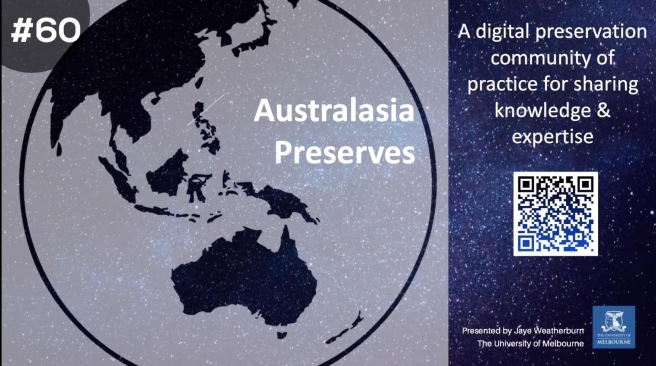


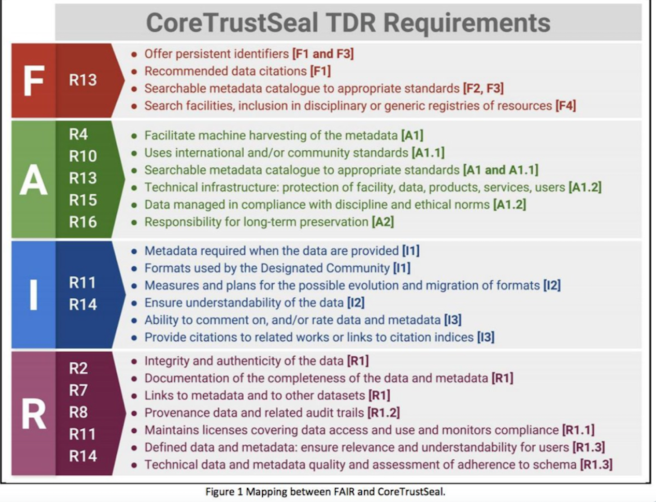






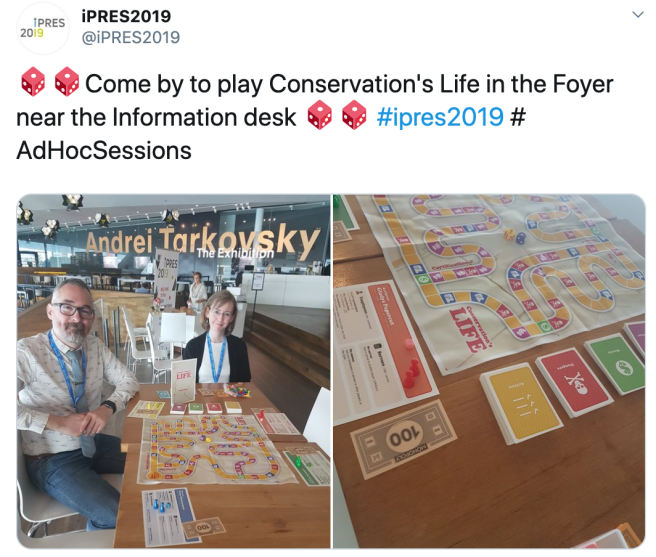
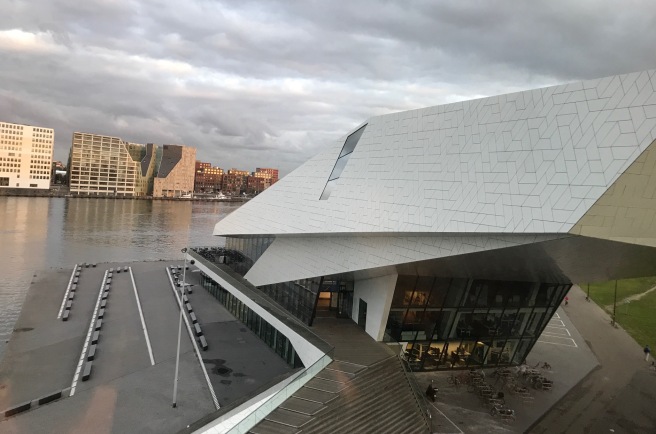


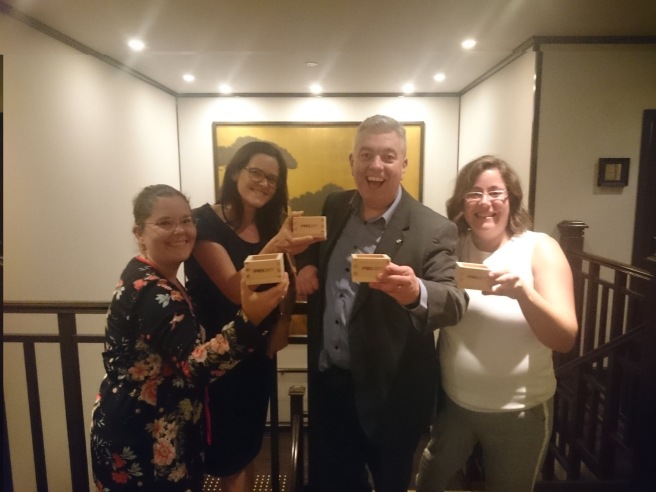







 This third edition (
This third edition (